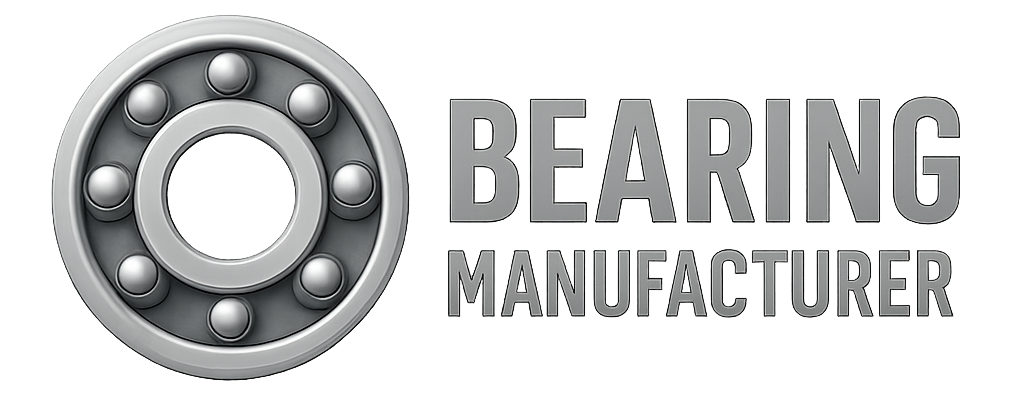Bearing friction is the force that resists motion between two surfaces in contact inside a bearing. In machinery, bearings support rotating components while minimizing friction between moving parts. When friction becomes abnormal, it leads to energy loss, heat generation, accelerated wear, and reduced operational efficiency — ultimately increasing maintenance costs and lowering overall performance.
Minimizing bearing friction is therefore essential for achieving optimal performance and extending machinery service life.
Friction Differences Between Bearing Types
Friction coefficients vary across different bearing types. Recognizing these differences helps in estimating friction levels and applying the right reduction methods.
For instance, the frictional torque can be estimated under low-speed, low-load conditions (standard lubrication, no contact seals) using these simplified formulas:
-
Deep groove ball bearings:
0.5 × 0.0015 × radial load (N) × bearing bore (mm) -
Thrust ball bearings:
0.5 × 0.0013 × axial load (N) × bearing bore (mm)
Internal Causes of Bearing Friction
Manufacturing-related issues can significantly influence bearing friction:
-
Machining inaccuracies – Imperfect roundness disrupts load distribution, increasing surface contact and friction.
-
Surface roughness – Rough surfaces increase contact resistance and the risk of material transfer.
-
Inadequate heat treatment – Poor temperature control can cause deformation, increasing friction.
-
Material properties – Hardness and elasticity affect deformation under load, influencing friction behavior.
-
Incorrect assembly – Misalignment or uneven load distribution from assembly errors raises friction levels.
External Causes of Bearing Friction
During operation, the following factors commonly increase friction:
-
Misalignment – Uneven loading of bearing elements accelerates wear.
-
High speed – Generates more heat and may degrade lubricants, raising friction.
-
Lubrication issues – Insufficient or excessive lubrication causes surface contact or drag.
-
Wear and tear – Damaged surfaces increase rolling resistance.
-
Overloading – Loads beyond design limits cause higher contact stress and friction.
-
Temperature rise – Expands internal clearances, altering contact conditions.
-
Contamination – Dirt, dust, or moisture damages surfaces and increases resistance.
Effects of Abnormal Bearing Friction
-
Reduced mechanical efficiency and performance
-
Higher energy consumption
-
Shortened bearing lifespan
-
Increased maintenance costs and unplanned downtime
Solutions to Reduce Bearing Friction
-
Improve manufacturing precision
Enhance machining accuracy, surface finishing, and heat treatment. Use appropriate materials and follow strict assembly procedures. -
Optimize lubrication
Use the correct lubricant type and amount to form a stable protective film. Monitor and replace lubricants regularly. -
Maintain cleanliness
Periodically clean bearings to prevent contamination and detect early signs of wear. -
Select the right bearing design and material
Match bearing type to operating conditions. Consider low-friction options such as ceramic bearings for high-speed or demanding environments. -
Address misalignment and overload
Correct mechanical alignment and keep loads within specified limits to avoid excessive stress. -
Upgrade to advanced technologies
Self-lubricating bearings, hybrid ceramic bearings, and special coatings can reduce friction and extend service intervals.
Conclusion
Bearing friction, whether caused by manufacturing flaws or operational conditions, directly impacts machinery efficiency and reliability. Proactive control through design optimization, precision manufacturing, proper lubrication, and maintenance can significantly reduce friction, extend bearing life, and lower total operating costs.
For example, flow meter bearings demonstrate how precision design and material selection achieve low friction and long service life — a benchmark that other applications can adopt to improve performance and sustainability.
